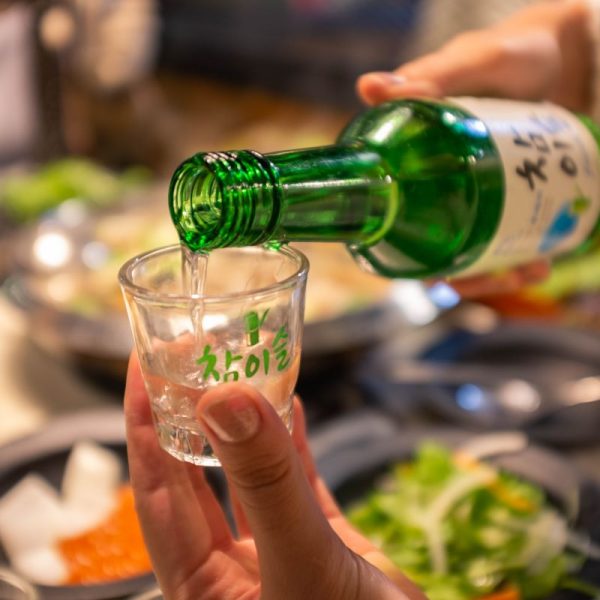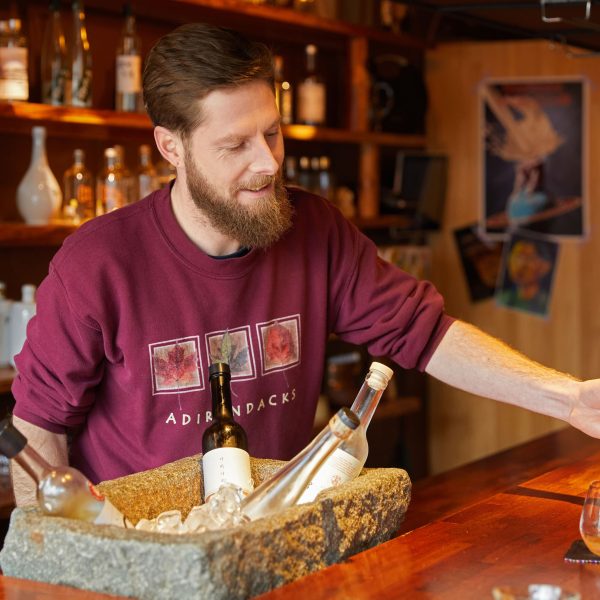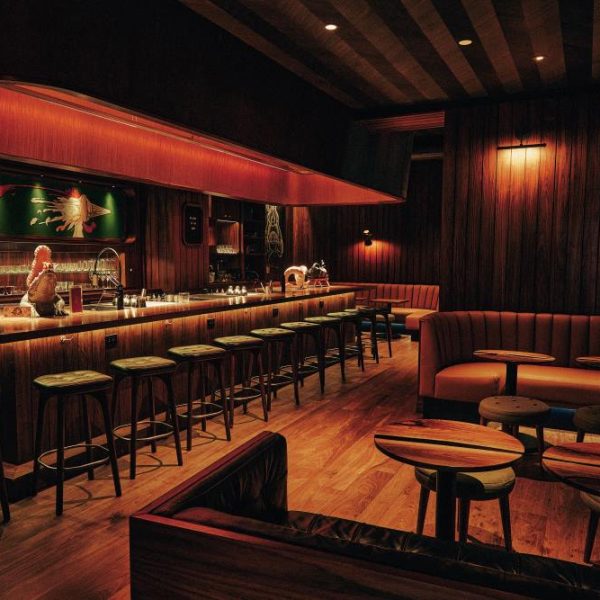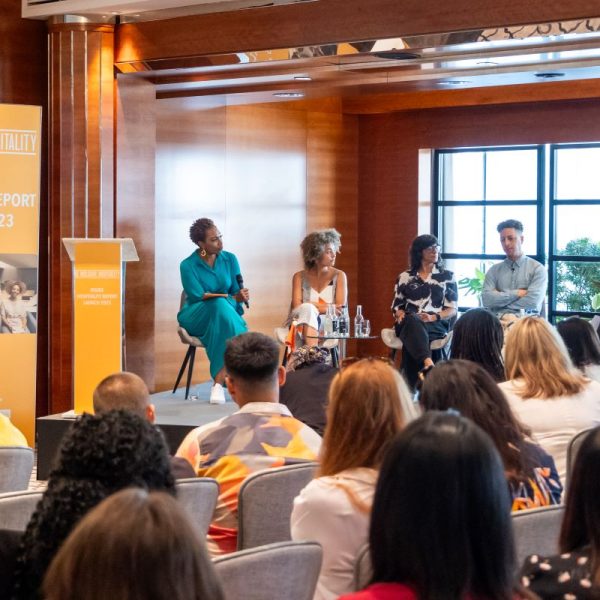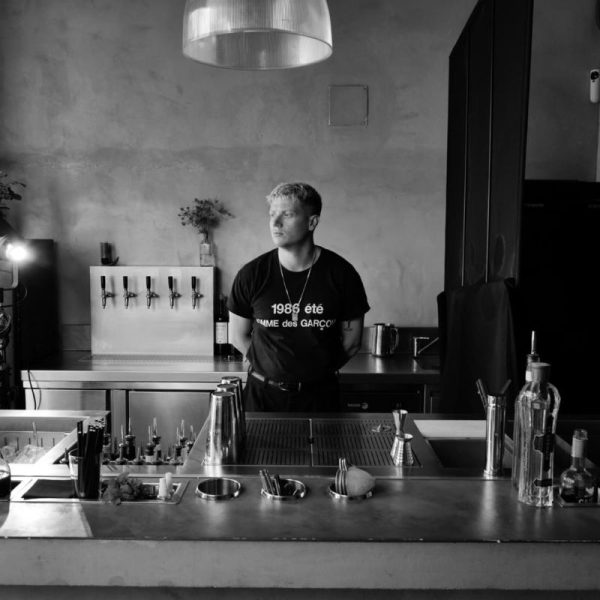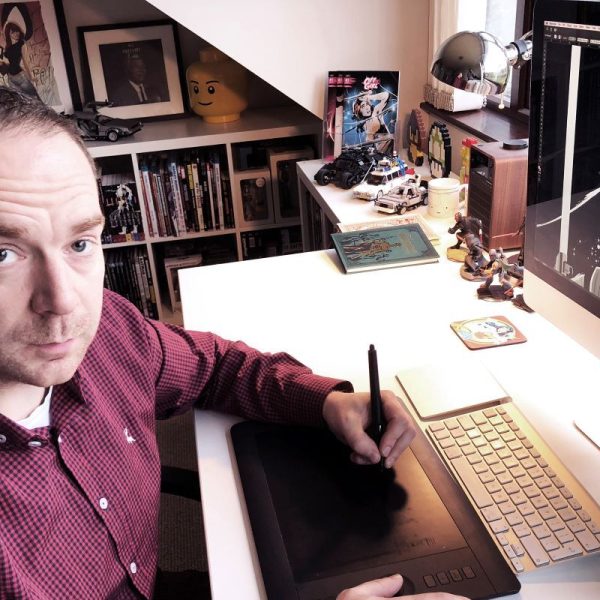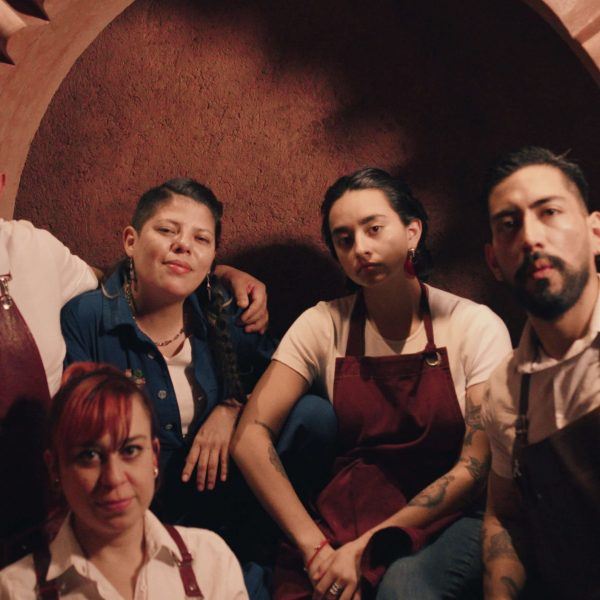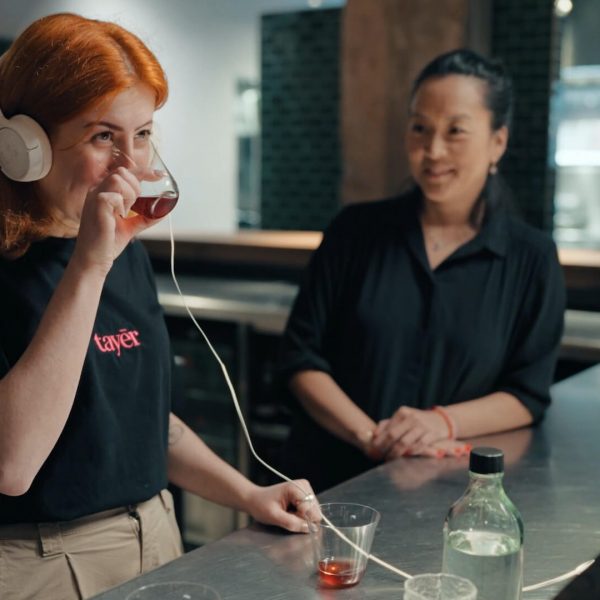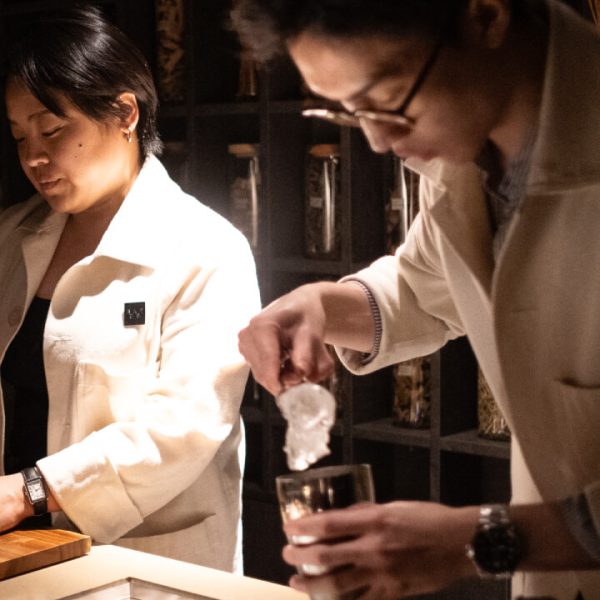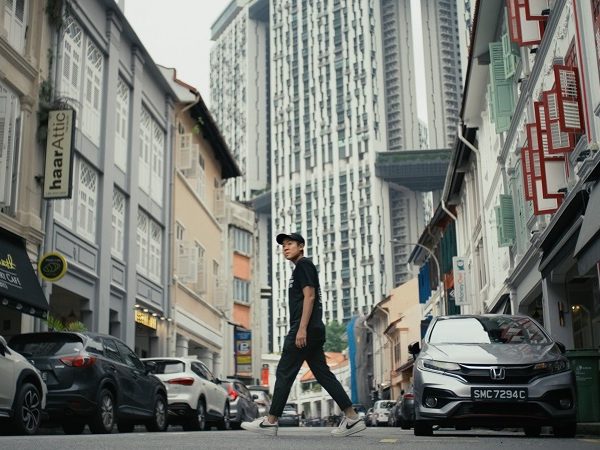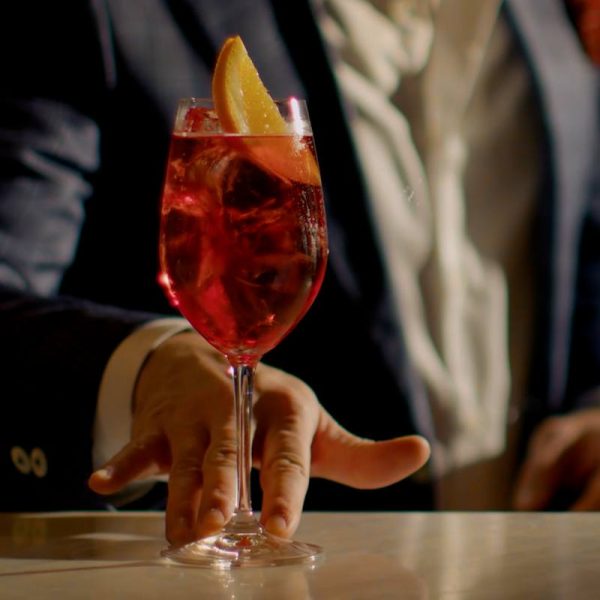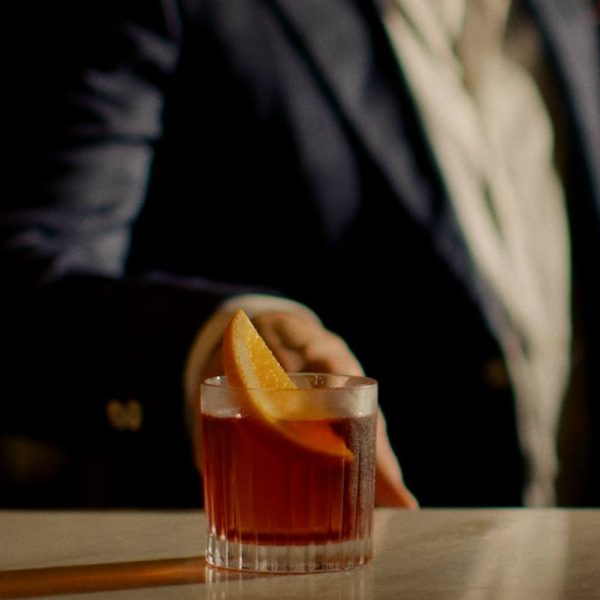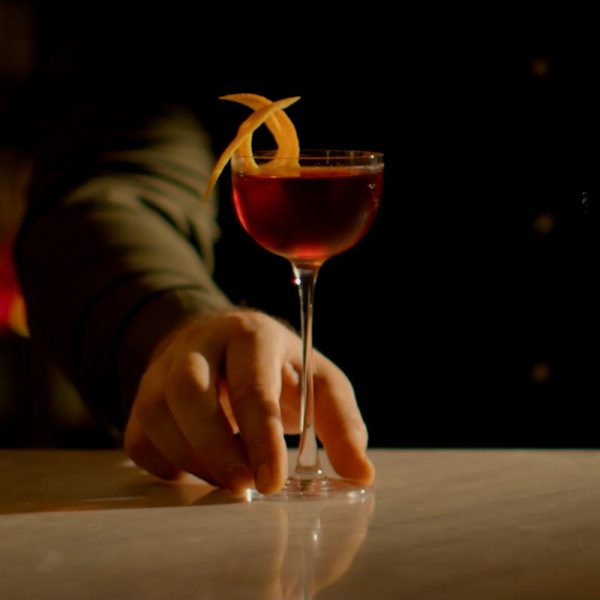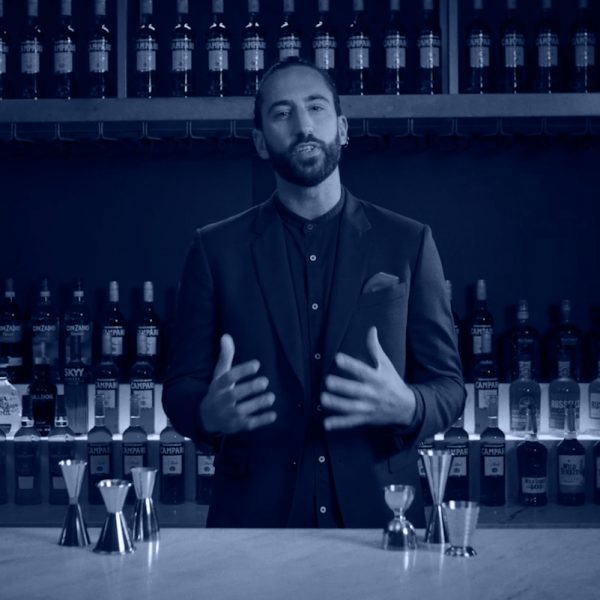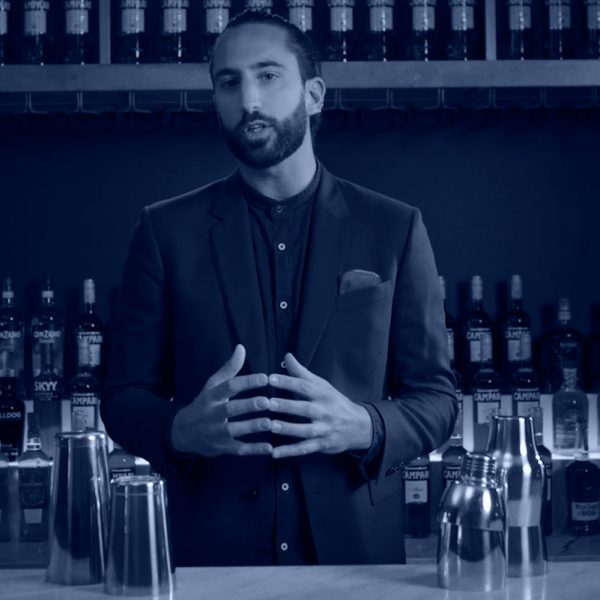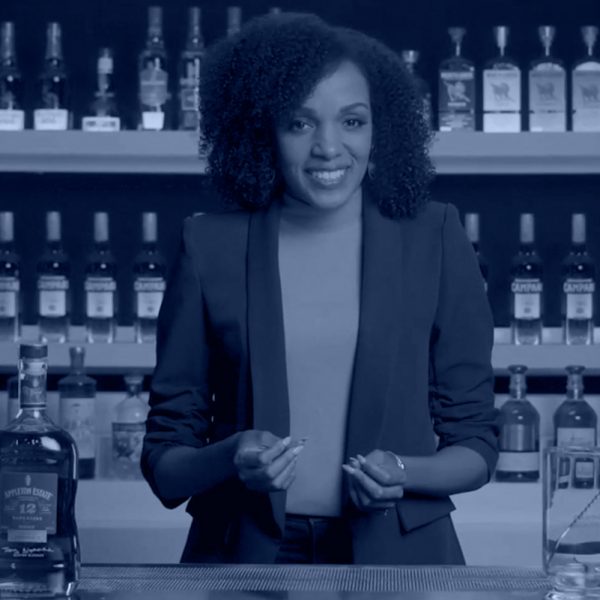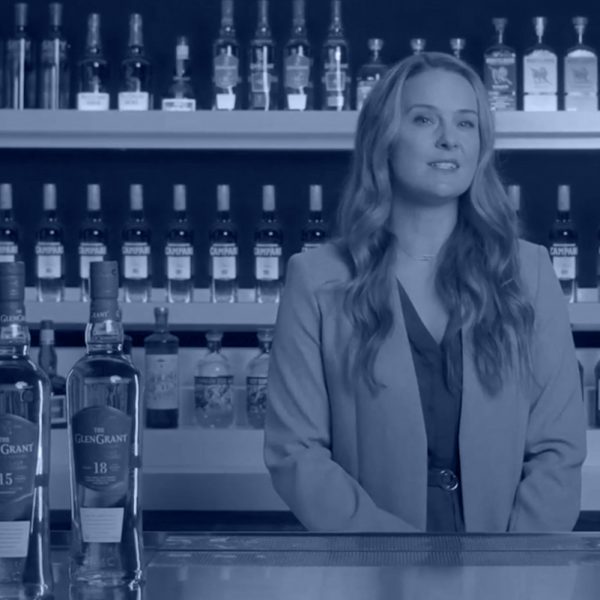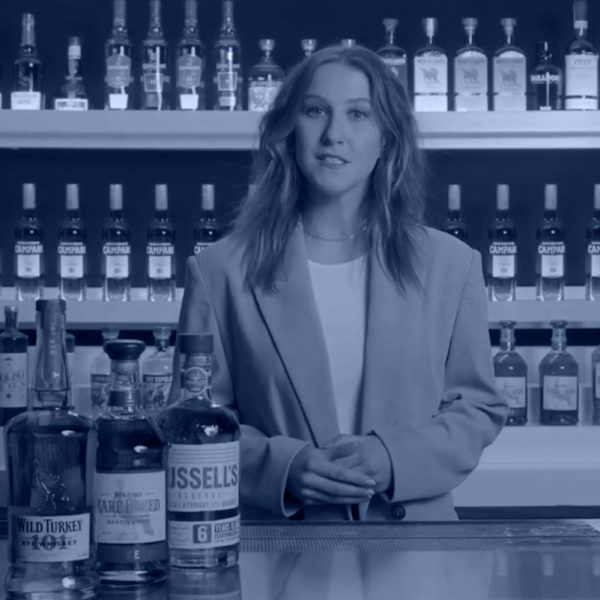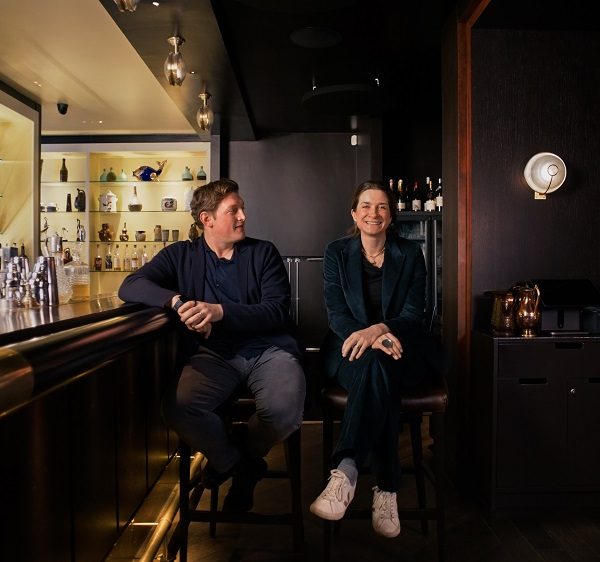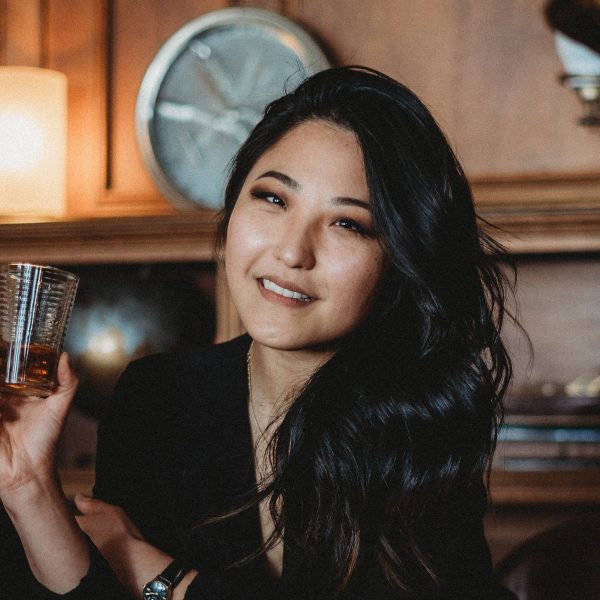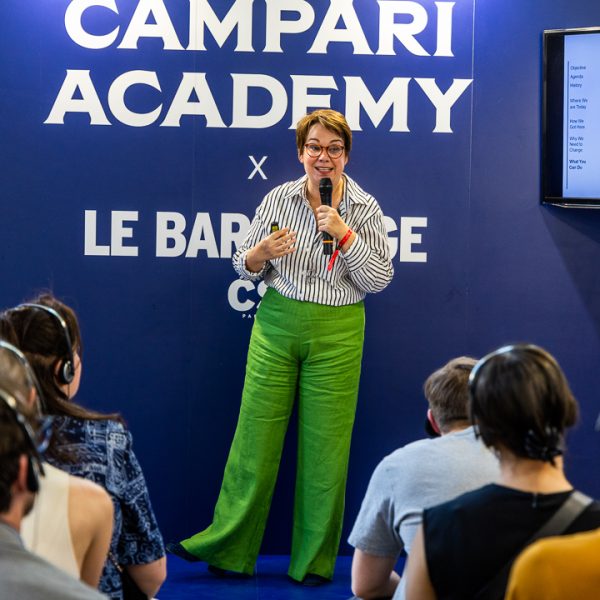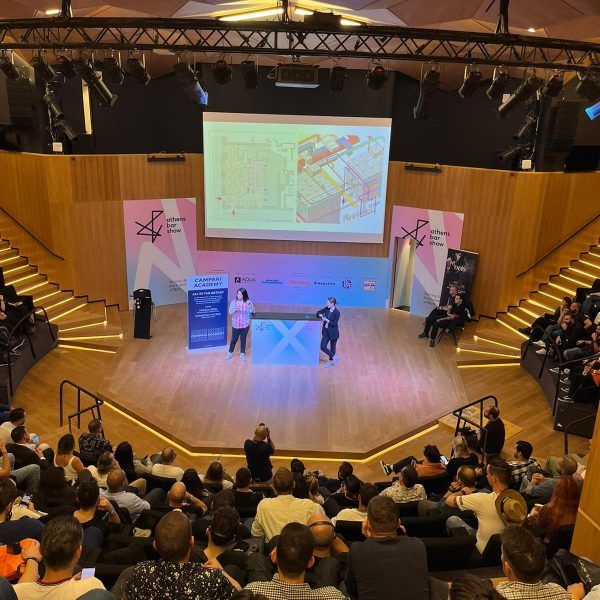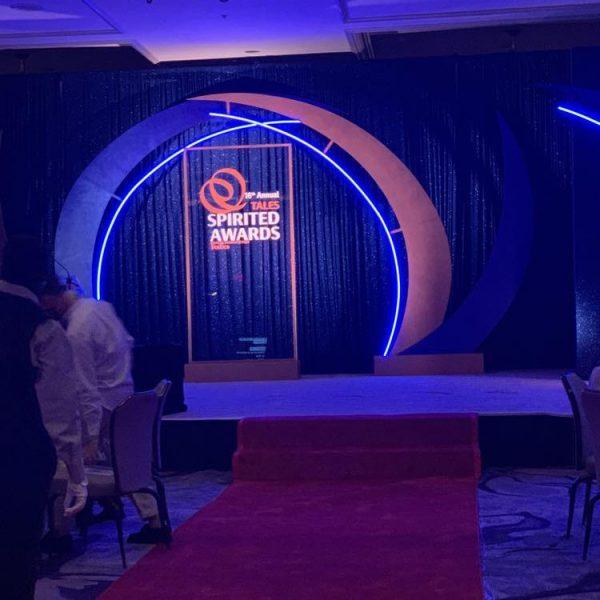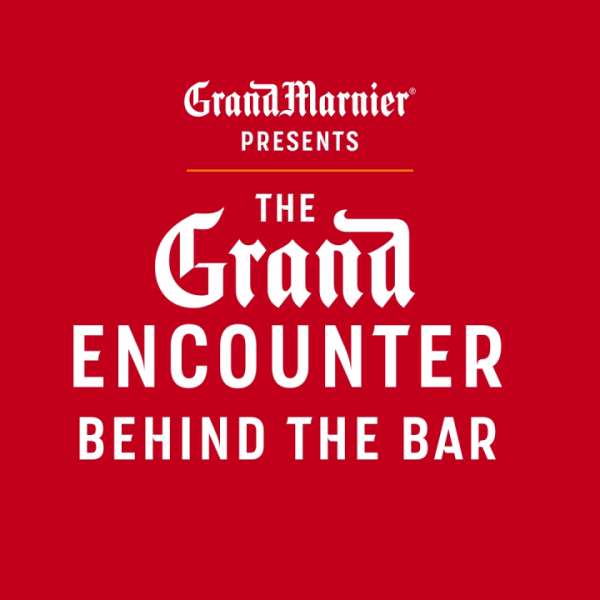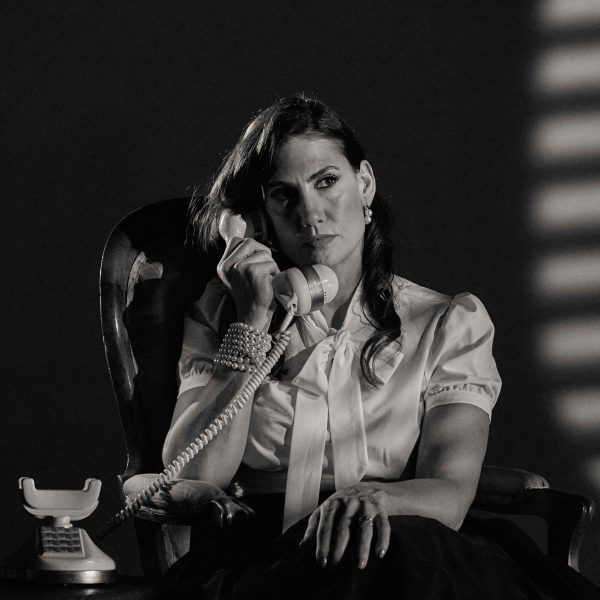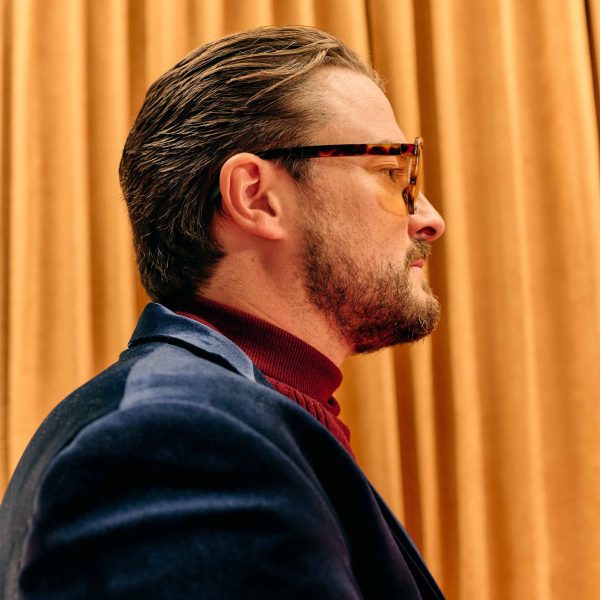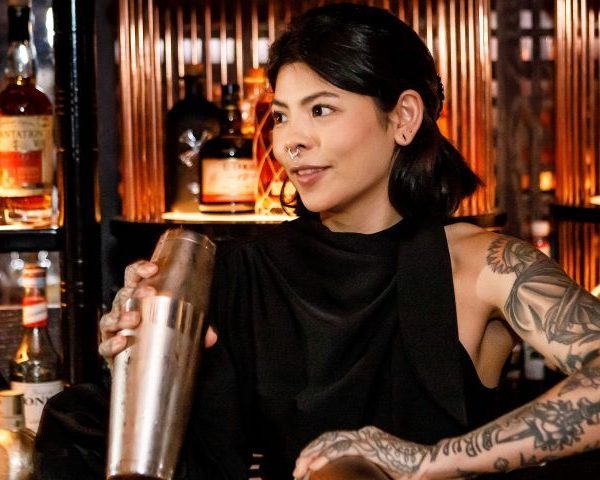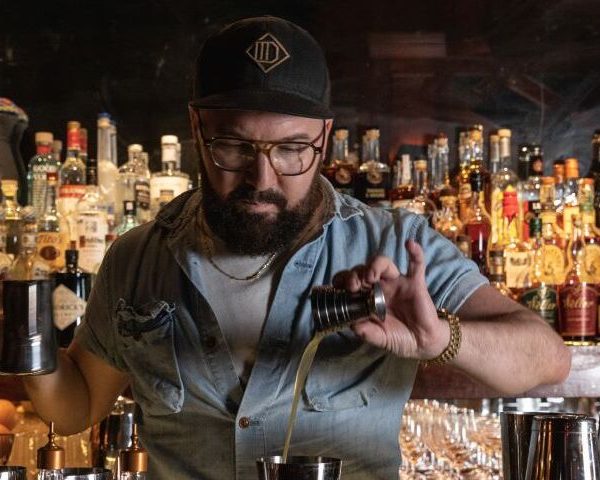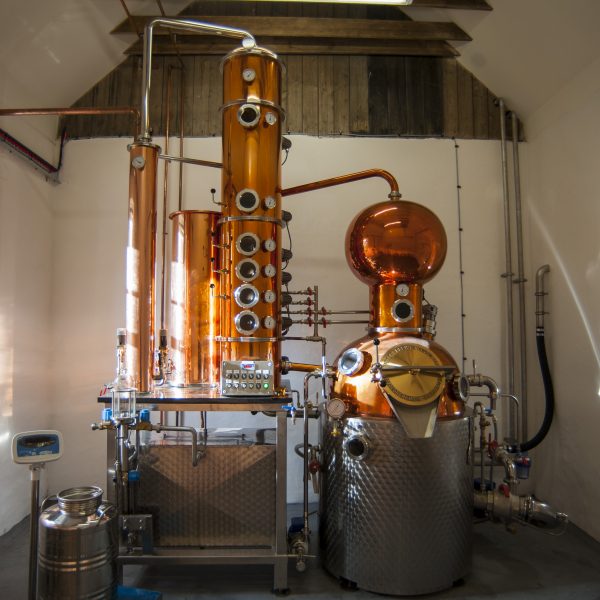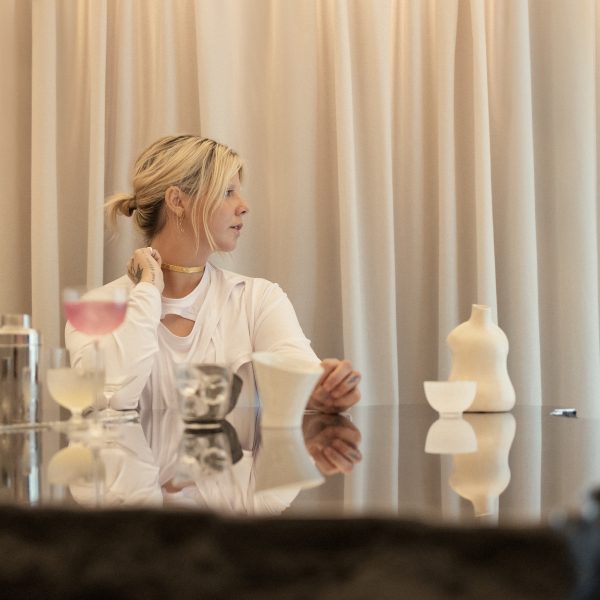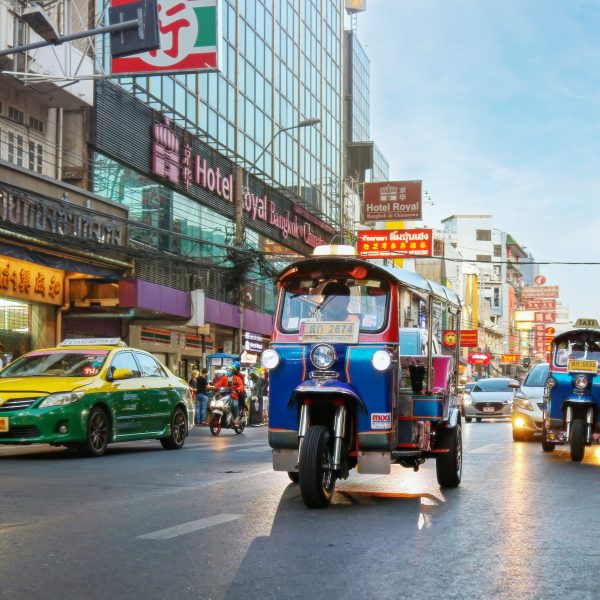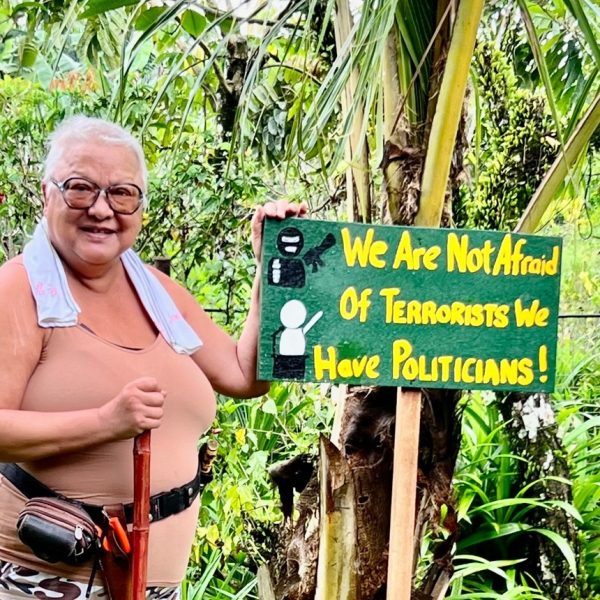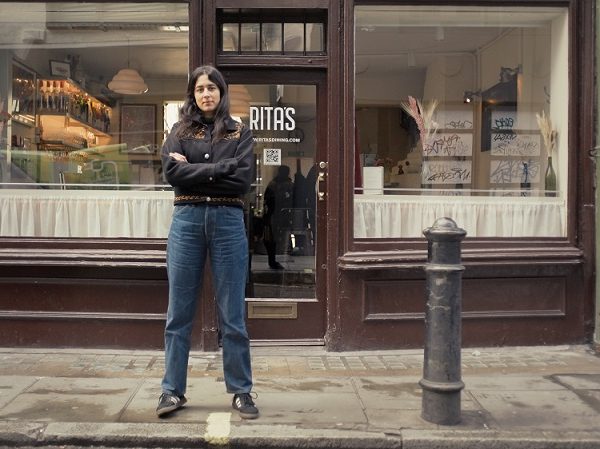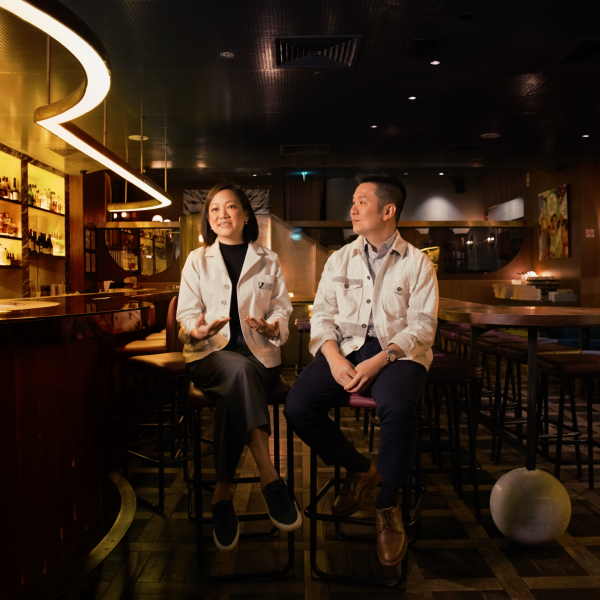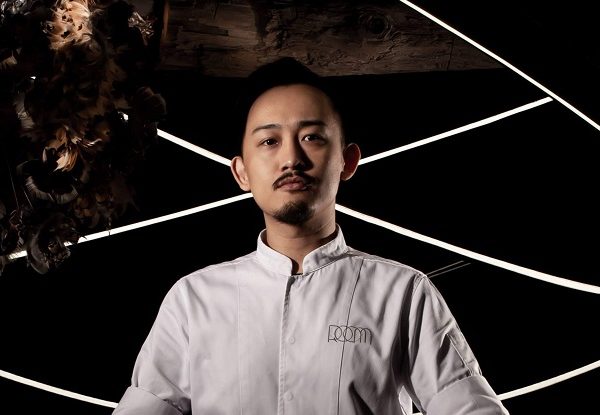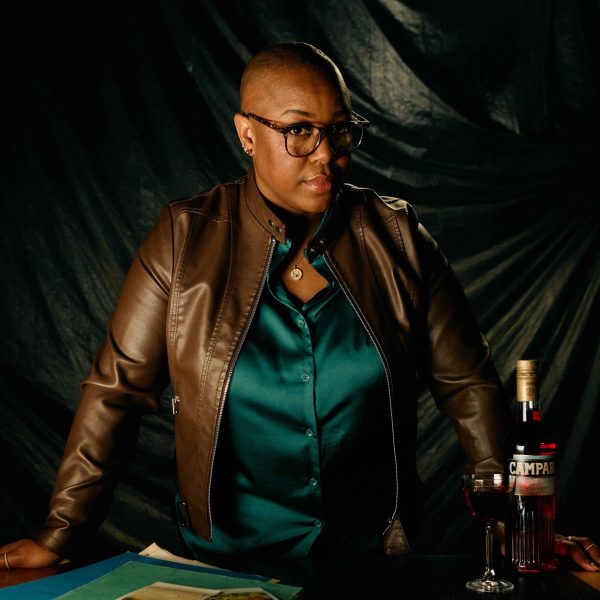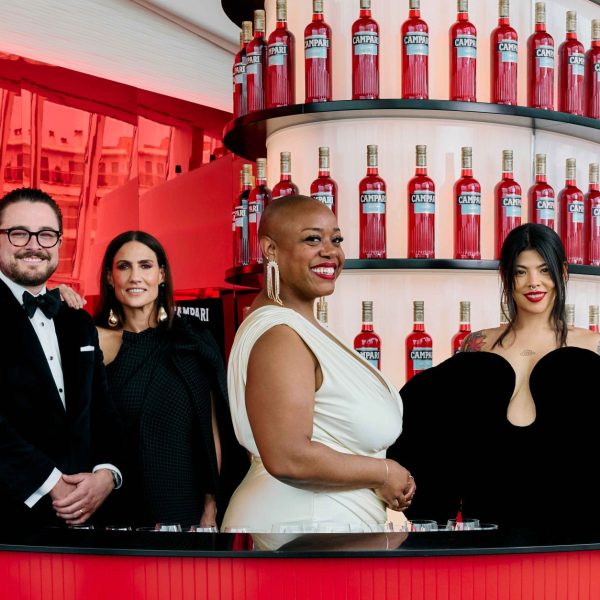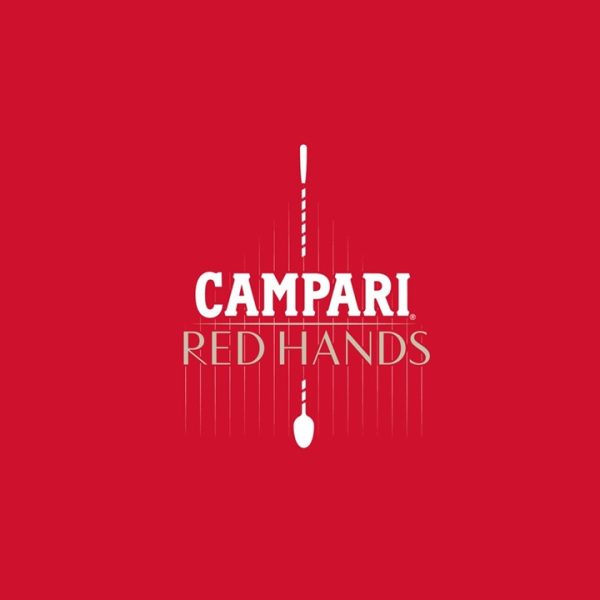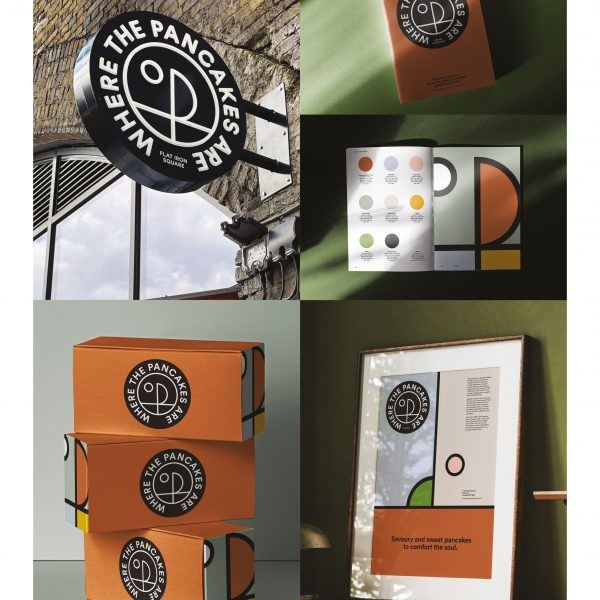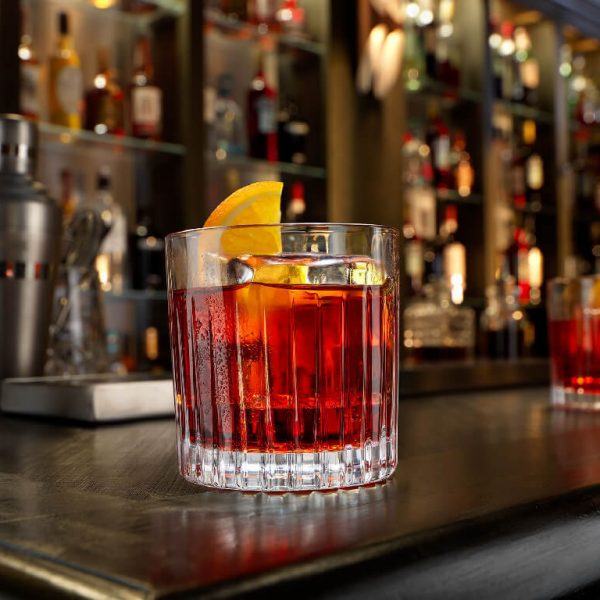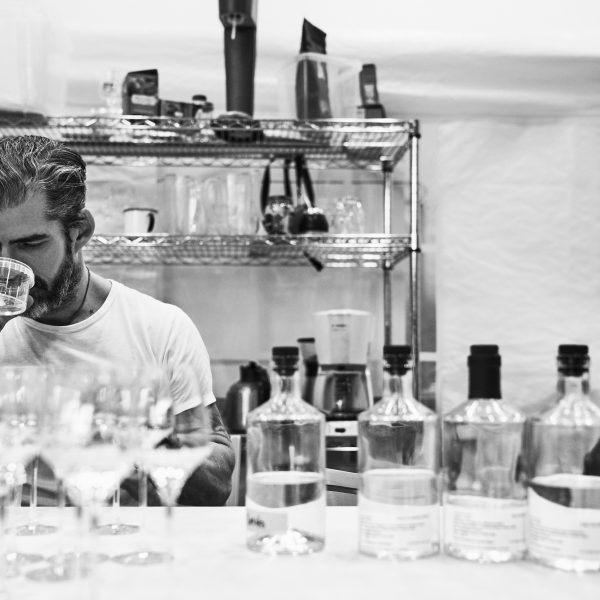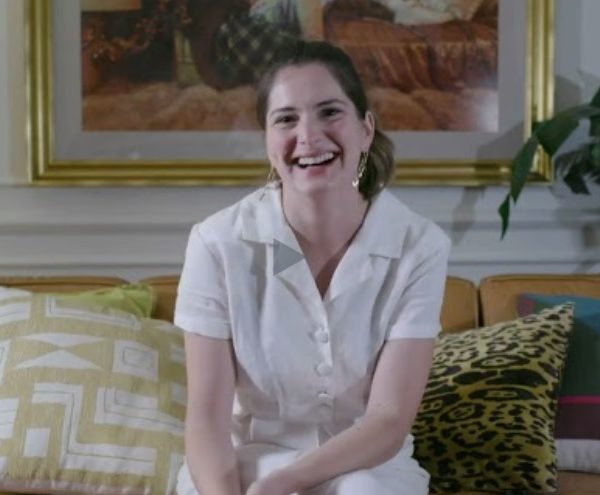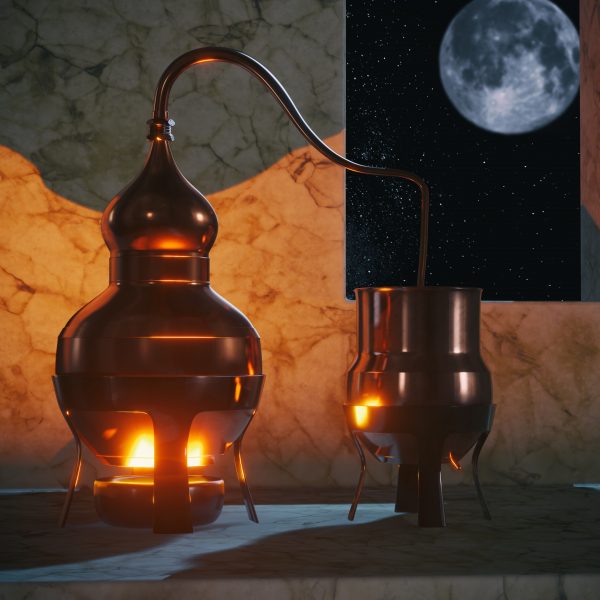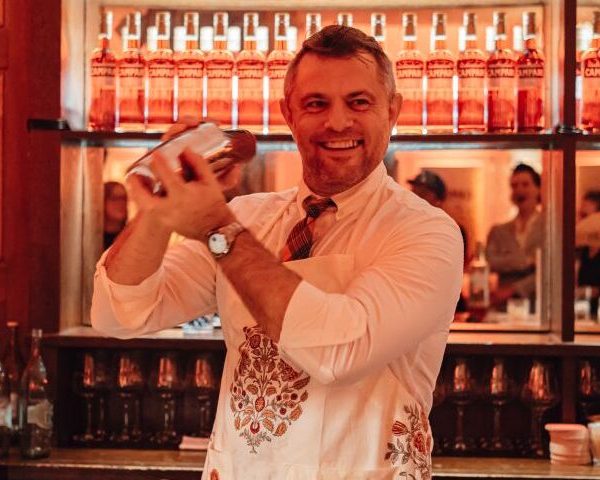Changing the Status Quo
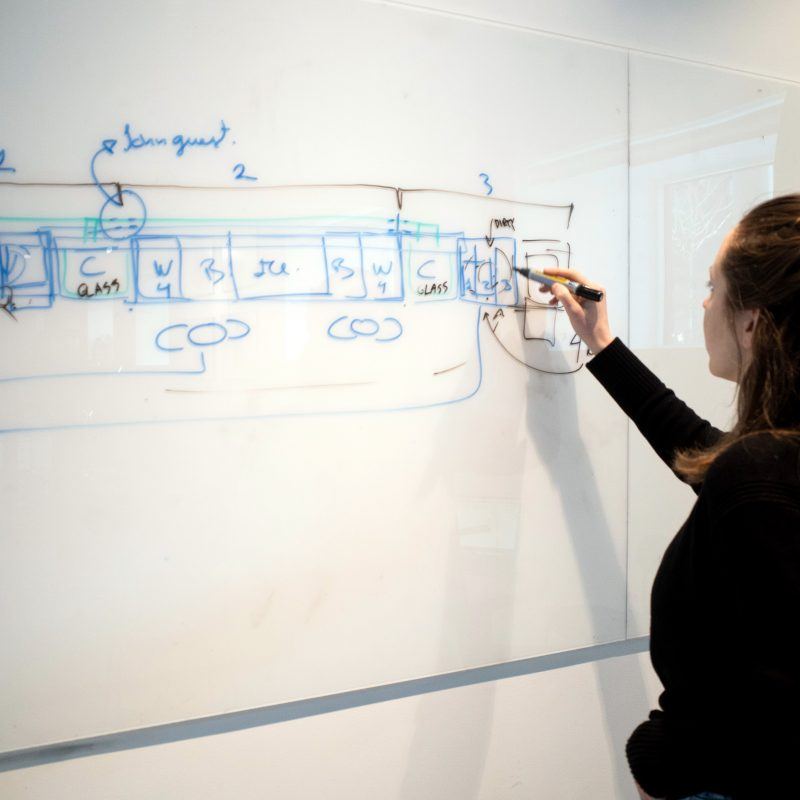
Behind Bars is a design company that’s trying to progress the bar design industry to keep pace with the wider hospitality industry. Our company was founded back in 2015 by Alex Ruas and myself, Sam Millin – two friends with a background as bartenders. Originally a consulting agency, we understood pretty quickly that working with predominantly kitchen suppliers to create fit-for-purpose bar stations for the needs of a forward-thinking venue was almost impossible. We faced so much resistance to change, to innovate, to listen to what we as bartenders needed, that we decided we’d try to do it ourselves.
In the beginning, it was tough. We were both working our night jobs, trying to grow the company. Neither of us are trained designers, so we were quickly learning the constraints between design and manufacturing, and we were facing all the challenges of running a business for the first time. Today, we’ve grown to 12 amazing people across 4 countries and the team includes bartenders, engineers, industrial designers and project managers with the majority based in our offices in Oslo, Norway.
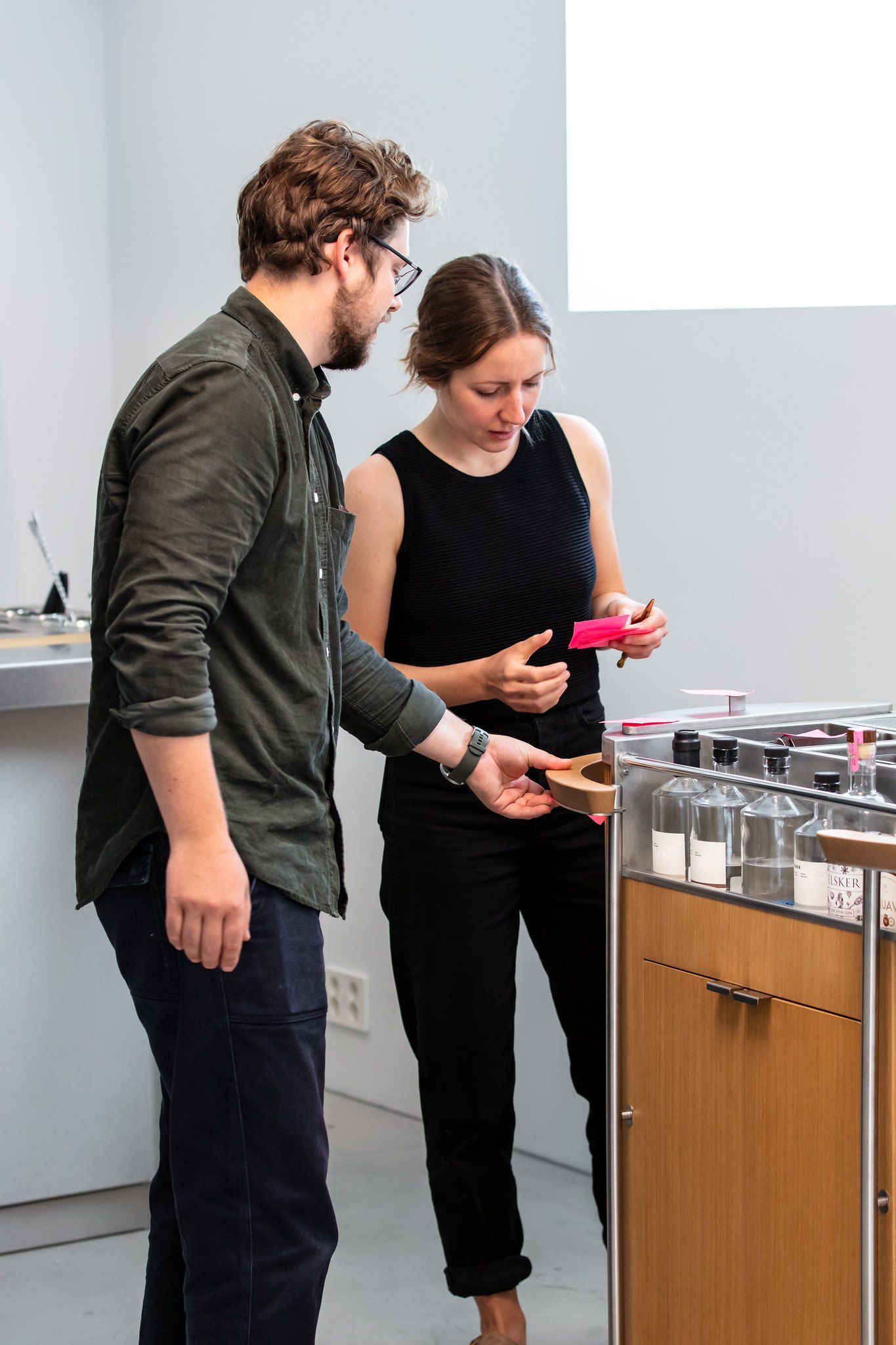
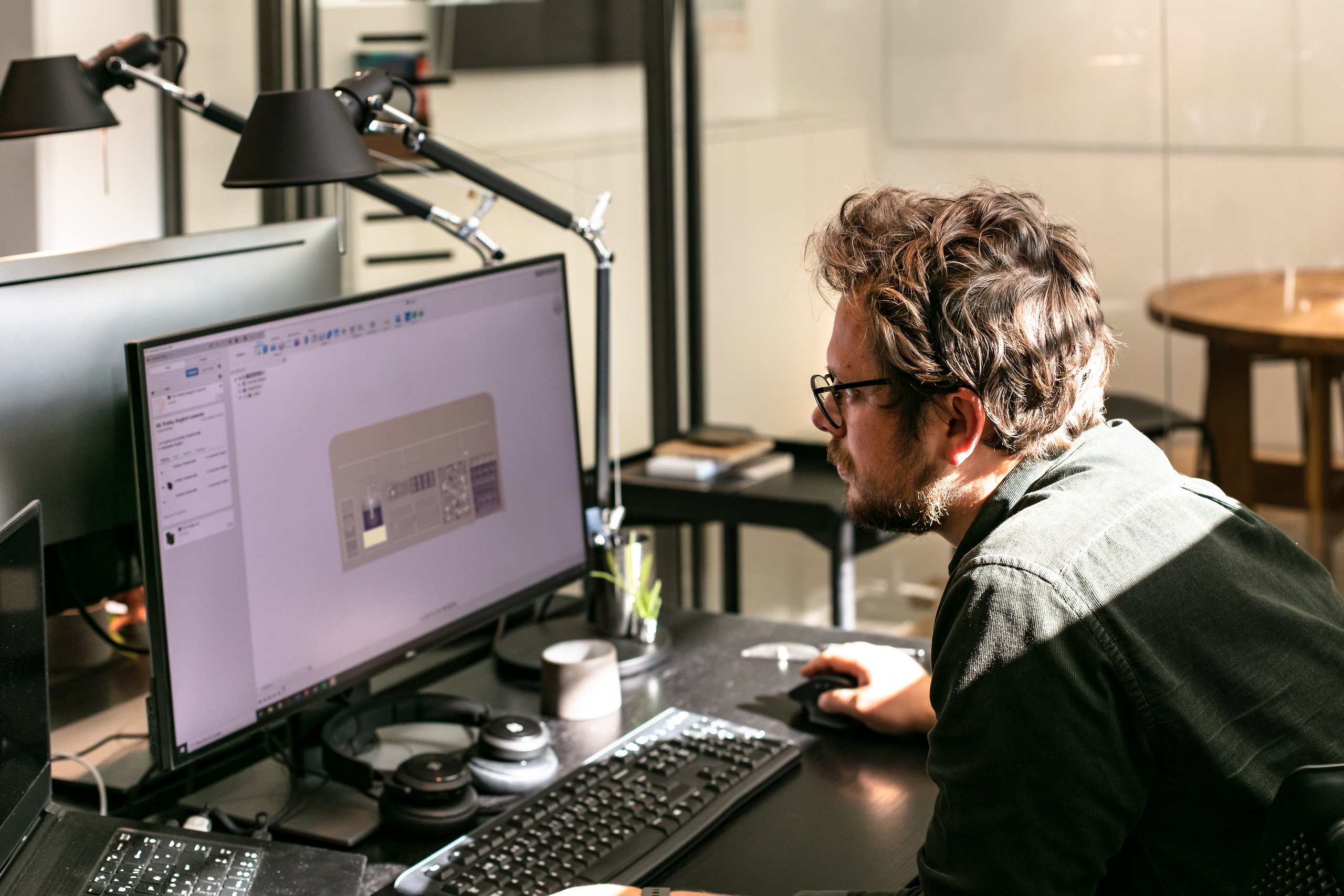
We’ve successfully collaborated on over 300 projects across 26 countries, working with all types of clients from the biggest hotel chains to best-in-class cocktail bars, to the smallest, independently owned bars and restaurants. And although our list of clients encompasses different types of businesses, they typically share aspirations of being best in their specific category. This aspiration typically means an openness to creating a bar station that is fit for purpose, to an investment in the working space of its bartenders. Working with partners that are open to change inspires us to innovate, and one of our driving forces is trying to use that innovation to develop our industry through thoughtful and collaborative design of high quality, highly functional bar stations.
OUR DESIGN PHILOSOPHY
For our team, the bar station presents a multifaceted design challenge that we try our best to solve for each project. Every time we sit down to configure a bar, we’re thinking about 3 groups. The bartender, the owner, and the guest. Each has unique yet overlapping expectations of what a bar station needs to do and how we design will impact on the experience of each. If you’ve ever thought about designing your own venue or bar station you’ve, maybe indirectly, been catering towards these 3 groups, and hopefully our experience and insights will shed some fresh ideas from a professional bar design perspective.
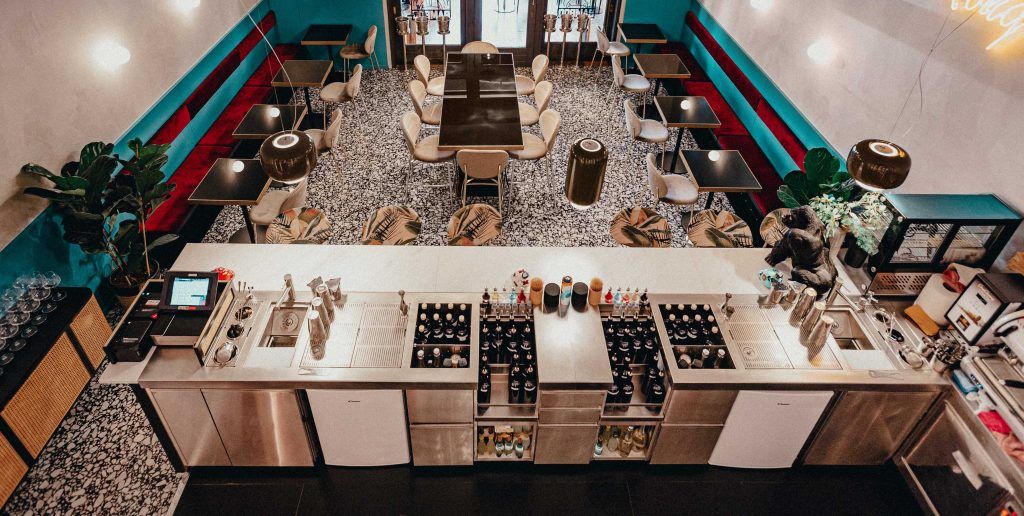
Image Credit: Stephan Paun : Stefan Paun (@stefanpaun.ph)
For the bartender
The bar station must allow the bartender to do their job. That is, the station must be designed to enable the bartender to execute the specific concept of the venue while also containing an element of flexibility to adapt as the venue and its concept matures. It also needs to provide a comfortable, intuitive and safe working environment for the bartender. Like anyone else, bartenders should be motivated by their workspace.
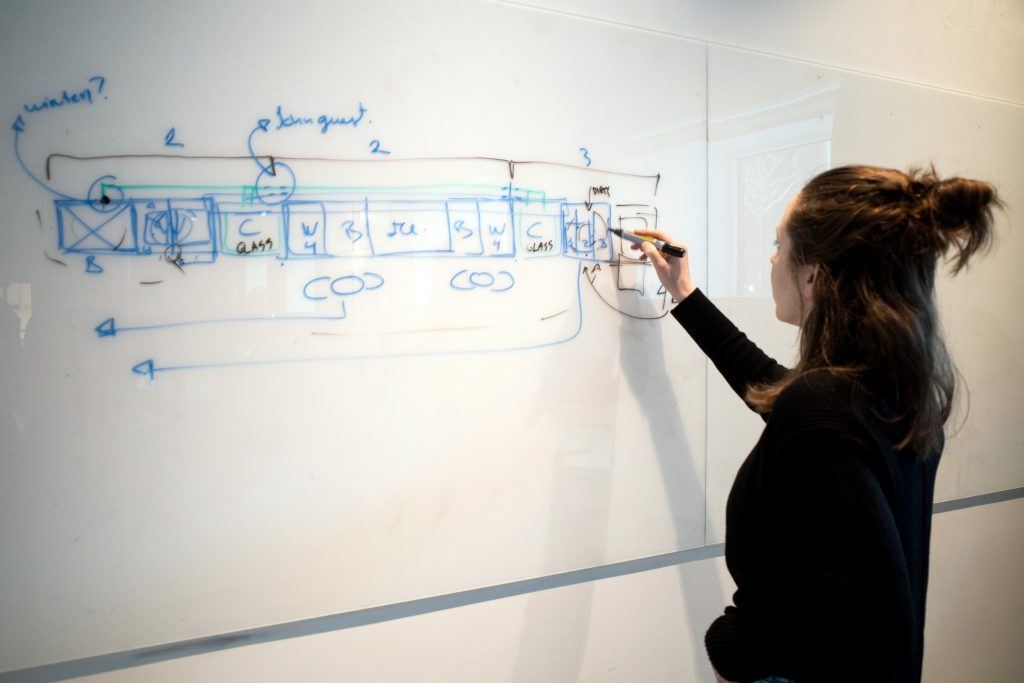
Image Credit: Behind Bars Agency
An important aspect of our design philosophy is understanding the bartender’s needs. There should be a proper understanding of the type of service and menu offering, staff expectation and workflow, and the ambition of the overall bar outputs before a proper bar solution can be realised. As early as possible in the design phase, we advocate bringing the people who will be working behind the bar to the table to collaborate. Bartenders hold so much critically specific knowledge that it makes sense that they are involved in designing their workspace, as chefs often are in kitchen design.
For return on investment
If a venue can’t generate enough revenue, it’ll eventually close. When we’re looking at space allocated to bar stations by architects on floor plans, an early question we ask stakeholders is regarding expected revenue. Bartenders can only do so much with what they’re allocated, but a good way to think about a bar, in the early stages, is how much money does it need to generate to keep the venue open. Once all parties involved are aligned on this, we can design our stations accordingly.
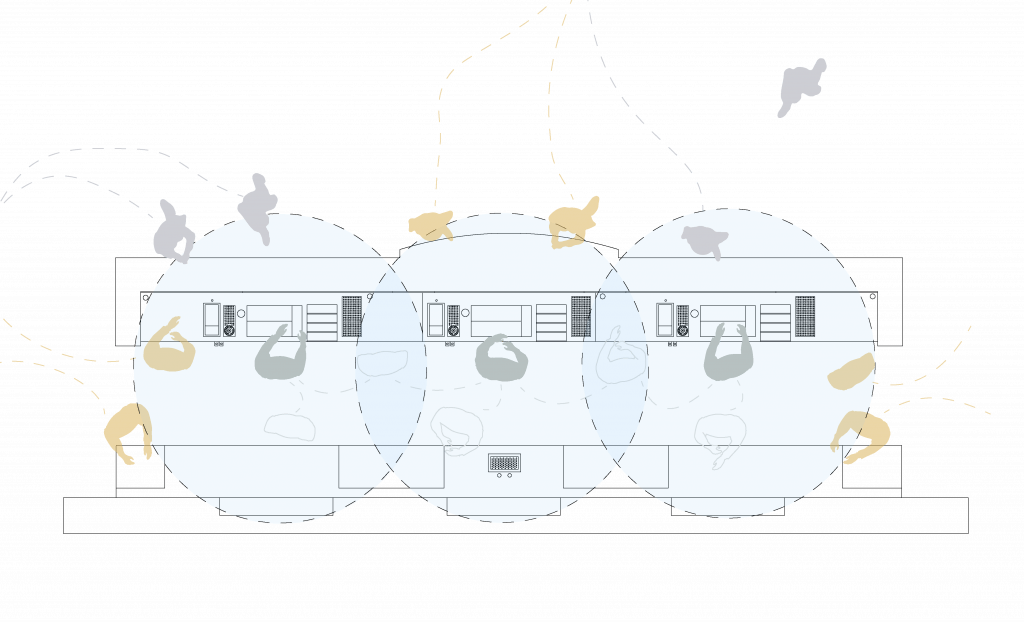
There are a few things that will limit a bar’s productivity. It’s what we call the Functional Capacity, but it’s basically the inputs needed to create the outputs (drinks). How many stations does the bar have? How big are the ice wells? How much glass storage is there? How many POS’s? Put simply, how often and for how long do bartenders need to stop serving per shift? These constraints are critical to understand and are measurable, and we want this information in order to design accordingly.
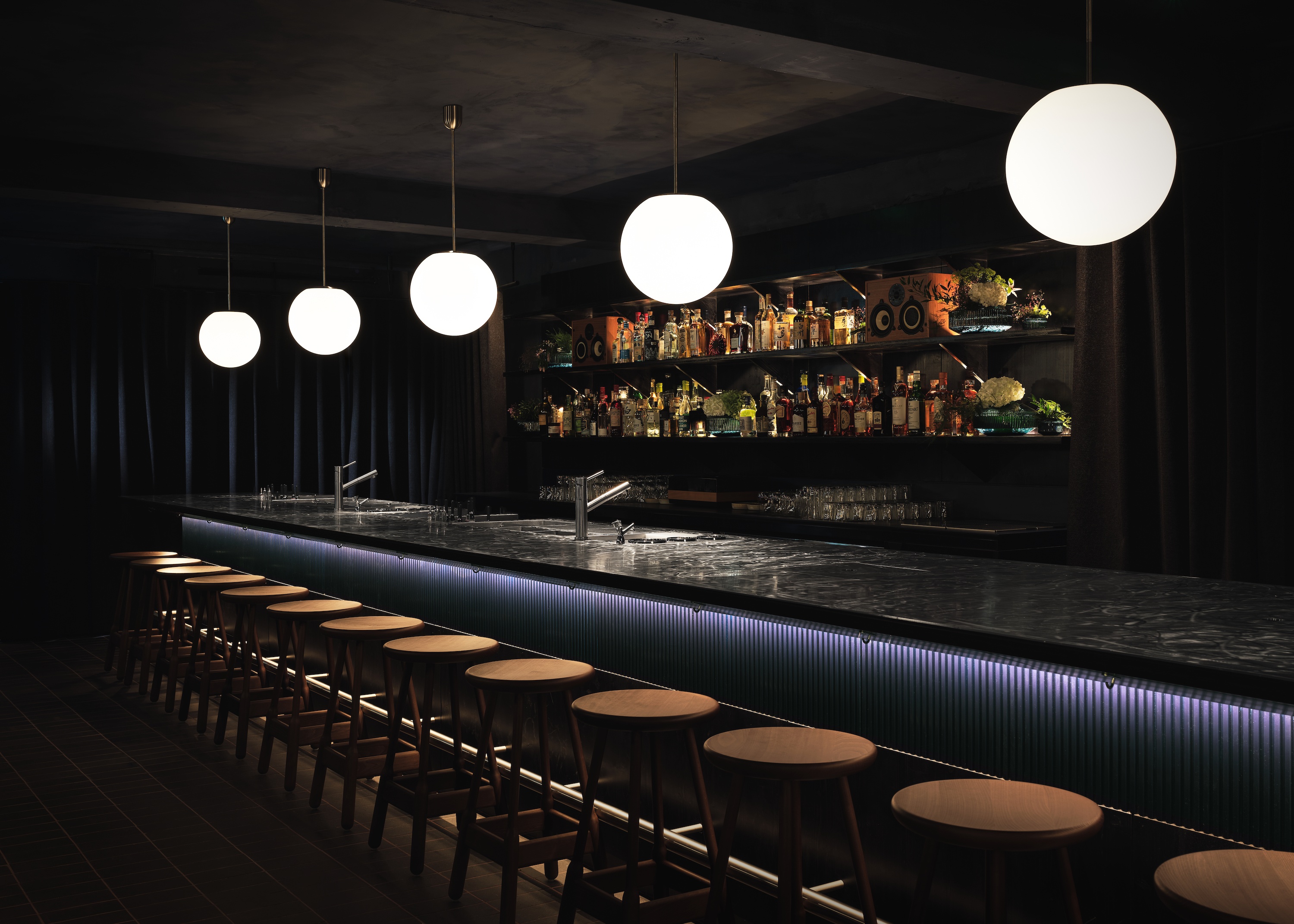
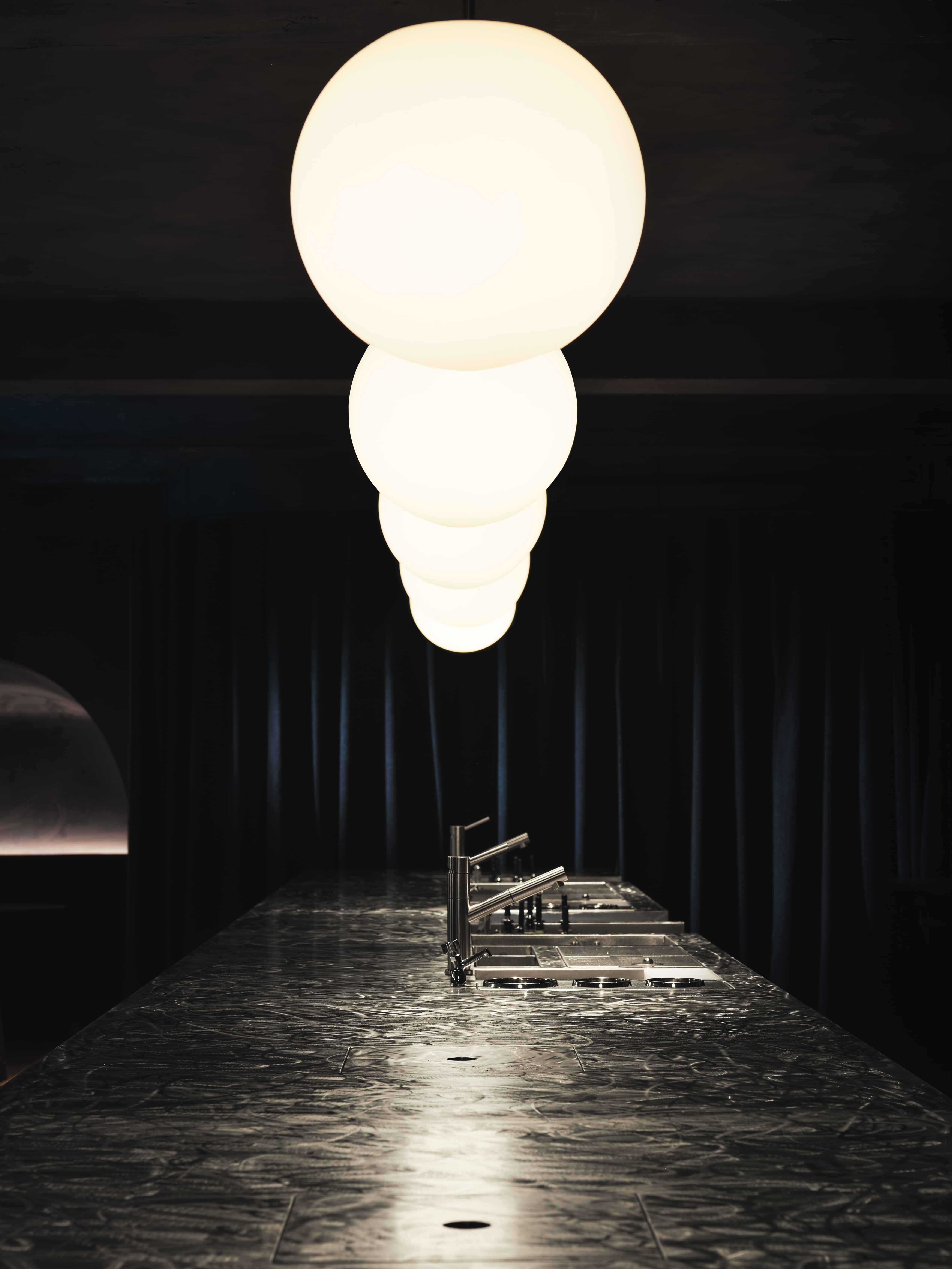
For the guest
A bar station also presents an opportunity to frame the interaction between guests, and between bartenders and guests. Understanding how form and function of the bar impacts the overall guest experience of your venue and team is critical for the success of both.
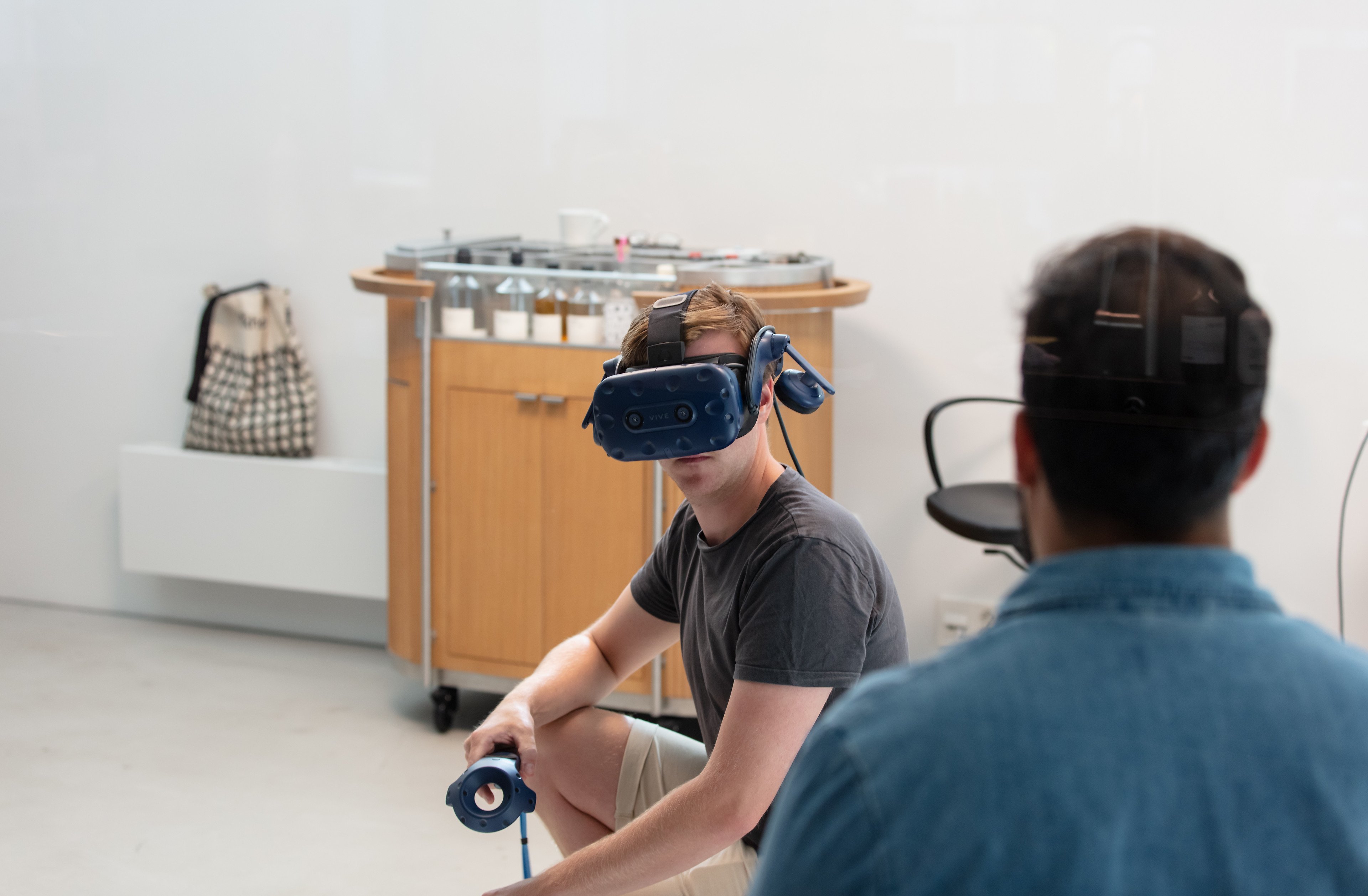
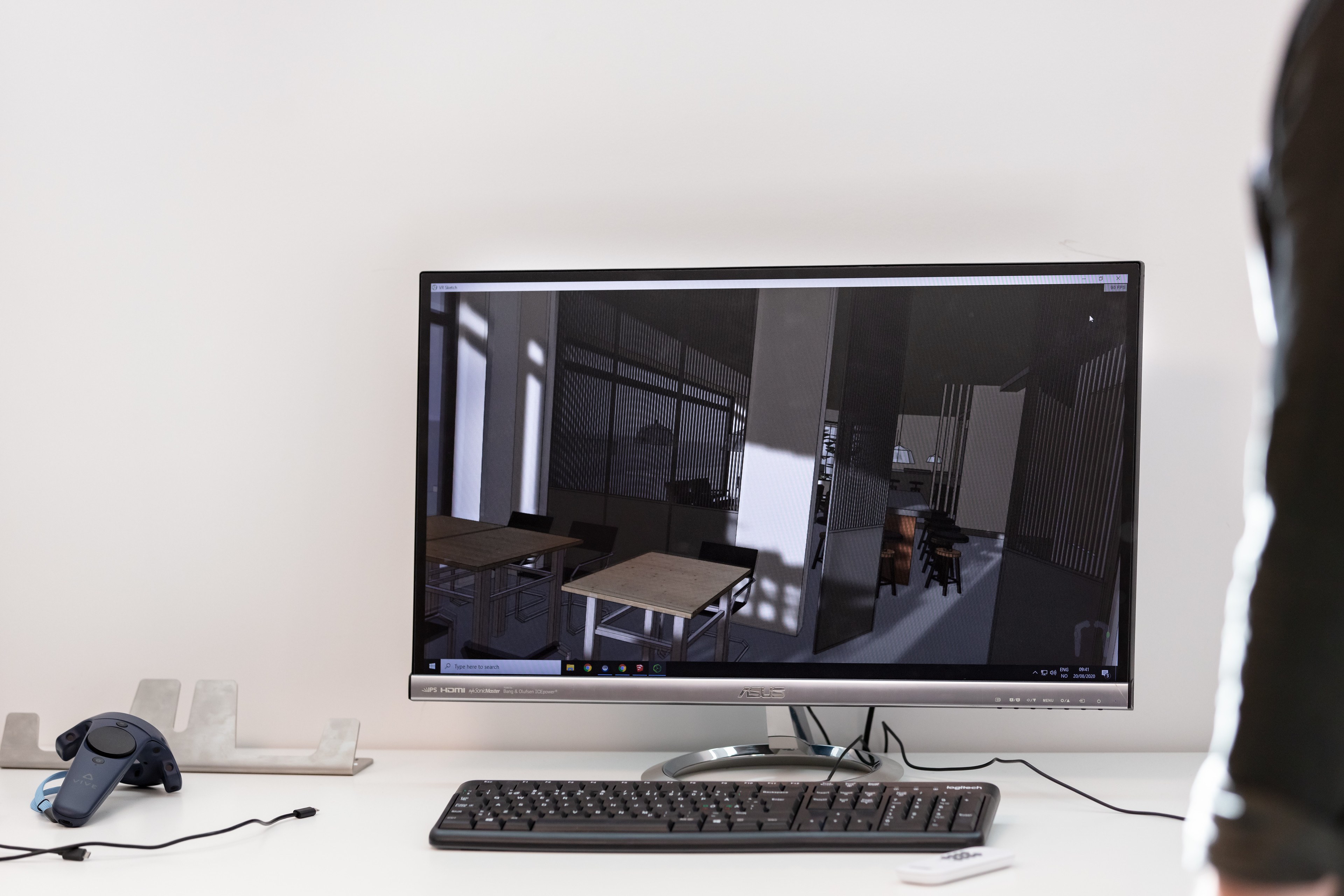
At Behind Bars we see the bar as the beating heart of the front-of-house. Besides being a working space and a revenue generator, the bar station provides a touchpoint for guests to be engaged, educated and informed. This is a common conversation we have with our clients; ‘How can we create interaction within our venue, how can we create experiences?’. For us, this interaction can absolutely be encouraged by thoughtful design.
A DEDICATION TO DEVELOPMENT
Our industry is incredibly fluid. It’s constantly evolving and improving. Since we started working in bars in the early 2000’s, the industry has gone through a revolution. Bartenders and venues are doing things that have never been seen before, and that development and evolution is on-going. Behind Bars originated from a dedication to move the industry forward. We want to continue to enable bartenders as the profession evolves, and provide new opportunities, perspective and inspiration with what bar stations can be.
Educating people about bar stations, advocating for bartender involvement in planning, adopting new technologies to improve our design process and investing in better understandings of what bartenders want and need as the profession evolves, are what makes our job so rewarding and fun. Bar design companies around the world are beginning to understand that they need to adapt and change as the industry does. It’s an exciting time and a wonderful evolution for our industry.
Cheers,
Sam Millin on behalf of The Behind Bars Team

